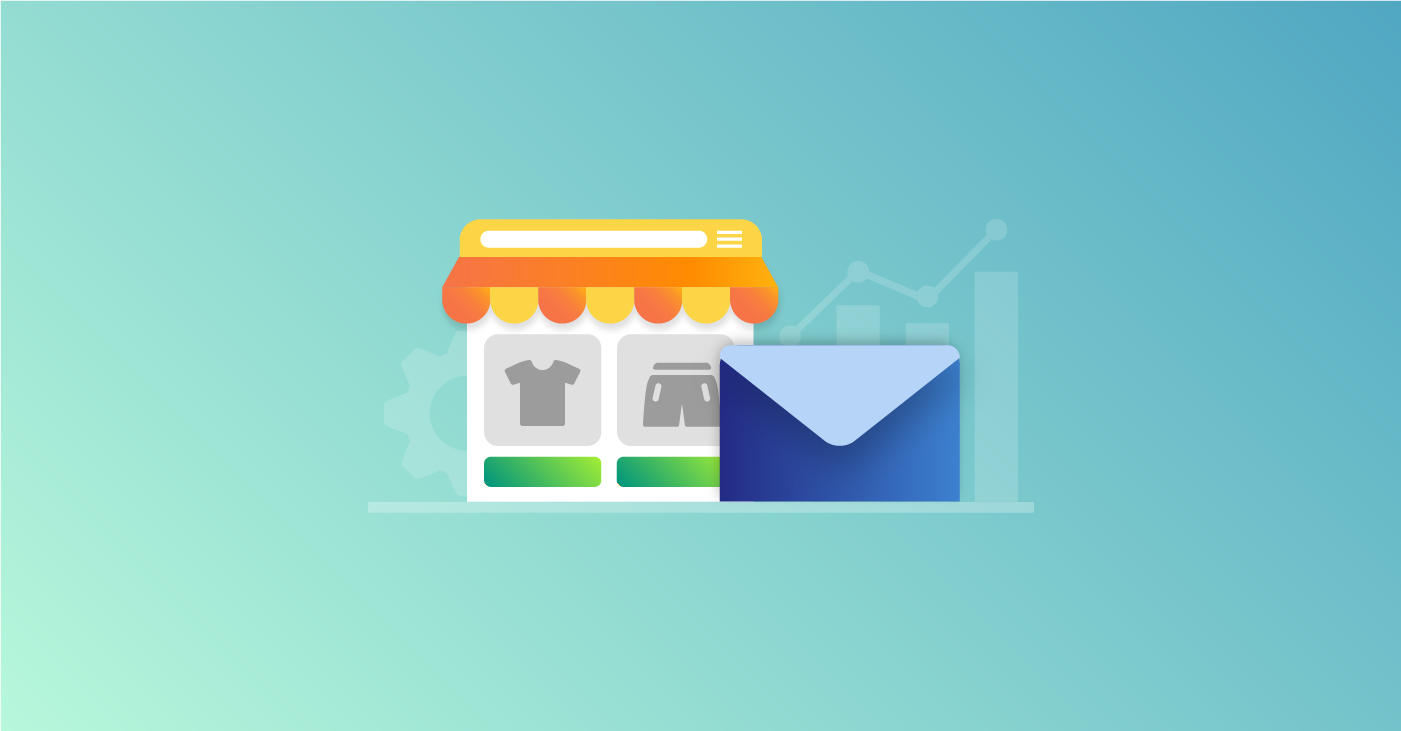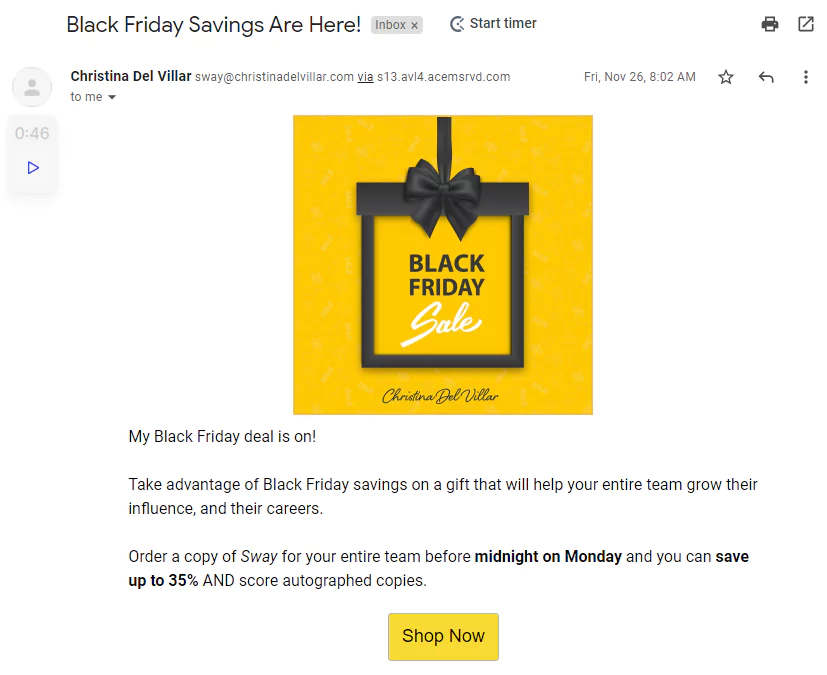
Email marketing has the best return on investment of all marketing channels. On average, every dollar you spend on email marketing can bring up to $36 in ROI.
However, driving such a high return is easier said than done. You have to grasp the nuts and bolts of email marketing and strive to get every aspect right. As Gavin Laugenie, Global head of content, DotDigital states, “While email has proved just how critical it is, finding the right way to use the channel is essential.”
In this article, we’ll highlight six strategies to help your small business make the most of email marketing.
Simple Email Strategies for Small Businesses
1. Segment Your Email
An email list is the foundation of every email marketing strategy. While the email list comprises customers who care about your brands, not all share the same interest, intent, or preferences.
If you send batch and blast emails to the entire email list, chances are the message won’t resonate with a section of the subscribers. LiveChat did a test with email blasts and segmented emails; the segmented email achieved 29% higher open rates than the blast email.
Segmentation means breaking down your email list into a meaningful group of customers with similar traits. You can segment your email list based on customer preferences, interests, motivations, intentions, purchase history, geographical location, and more.
These segments enable you to treat customers differently to boost email effectiveness.
2. Personalize Email
Nowadays, subscribers are bombarded with all sorts of emails: transactional, welcome series, win-back, and more. Every brand is competing for customer attention, and unless you set yourself apart, you won’t nudge customers to take action.
One of the best ways to make your email stand out is to personalize them. The latest studies show that 80% of brands use personalized salutation as the key personalization factor. While there’s nothing wrong with that, email personalization transcends using the subscriber’s name after “hey” or “hello.”
To win big, you have to personalize the email content as well as the offers. To that end, you have to delve into research to understand the customer’s needs and path to purchase in a holistic way. You should also use more dynamic segmentation and triggered campaigns to give each consumer an individual level-based experience.
3. Provide Value
Your subscribers don’t care about the money you have transacted year-long or bugs you’ve patched on your website. They just want to know what’s in it for them. Put simply; your email subscribers care more about the value they get from each email.
Whether it’s promotional, transaction, or seasonal email campaigns, make sure there’s something the customer can’t afford to miss out on.
4. Keep Your Emails Short
Don’t fall into the trap of sending long emails in the name of making yourself clear. Your subscribers’ attention spans are on a downhill trend, and they may not have the time to read a lengthy email.
Keep every email short and concise. Tell your subscribers what’s absolutely necessary, and eschew any unimportant details. If your email campaigns are long, send them out in a series and ensure each email leaves the customer yearning for more.
5. Show Up Regularly
When you provide value, you give subscribers a reason to look forward to the next email. Once you generate interest, develop an automated email cadence or drip campaign, which is neither overly frequent nor too infrequent. In other words, show up regularly and know when to stop.
6. Email Design Matters
The email design is critical to the success of your campaigns. Design entails everything from the email layout to CTA and mobile compatibility.
Your email should make a great first impression to motivate the customer to open it. A compelling and to-the-point subject line inspires customers to open the email. The subject line should also delineate the email specifics – what’s in it for the customer.
Once they open the email, the email should grab their attention. Avoid creating emails with blocks of texts. Add pictures, graphics, and videos to break the monotony of text and liven up the email. Make sure the visuals render well on small screens because 49% of customers open emails on mobile devices.
Lastly, include a single call to action button and make it conspicuous to grab the eye and prompt customers to perform a follow-up action. Most importantly, make the CTA instantly readable on all screens.
This email by Christina Del Villar embodies the attributes of an effective email. The subject line clearly tells what’s in it for the customer, and there are colorful visuals to capture the customer’s attention and keep them reading. Moreover, the email is super short and has one salient CTA.

Use Email Software to Create a Workflow
It would be difficult to apply these email hacks without reliable email software. Benchmark Email offers lead generation, marketing automation, and tons of free email templates to help you get more done faster. Beyond automating sending and simplifying email creation, it powers segmentation and personalization strategies.
For example, with Benchmark Email, you can run A/B tests with your subscribers to learn more about them so you can deliver more personalized, optimized experiences. This could be sending different email copy to different subscribers to see what converts more or trying out different days and times your emails go out. You could also test various email subject lines, email design, and more to see what works and what doesn’t, making your future efforts more fruitful.
Other things you can do with our software include:
- Send triggered emails and nurture campaigns based on website engagement
- Verify and clean up your lists
- Track email engagement and offer comprehensive reporting
- Lead generation with website forms and landing page creation
If you’d like to try our software out for yourself, sign up for our free plan and get started in just 15 minutes!





